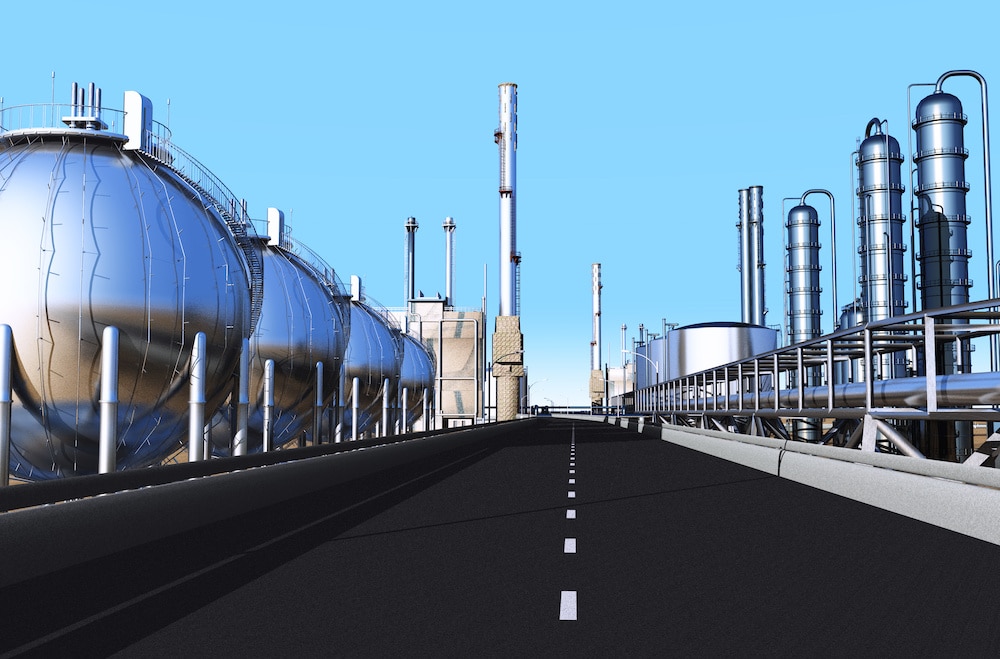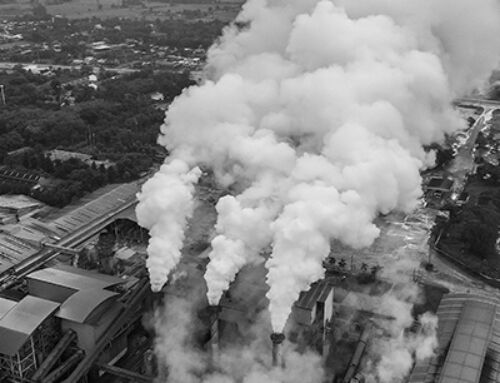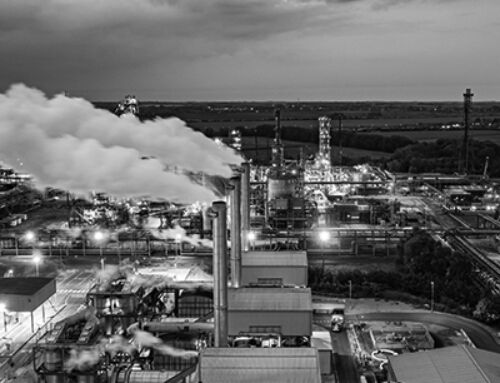No one likes traffic. Most have experienced an aggravating traffic slowdown and pileup from lanes closed for miles.
You may be getting tense just thinking about it, and that’s good. Because not considering all available solutions when addressing industrial decarbonization is like reducing a seven-lane highway down to one lane — ultimately no one gets to where they need to go on time.
And we simply don’t have time to sit in traffic on reducing GHG emissions. The most recent report from the Intergovernmental Panel on Climate Change (IPCC) suggests that in a decade of doing business-as-usual, we will almost certainly surpass the 1.5°C climate increase threshold established during the 2015 Paris Climate Agreement.
Exploring The First Few Lanes With Industrial Efficiency
One of the best places to start a carbon emissions plan is to look at ways to improve industrial efficiency. Industrial efficiency improvements can be made with existing infrastructure, making it low-hanging fruit for businesses to see immediate progress in their decarbonization efforts.
Industrial efficiency, such as optimizing heat recovery throughout a facility, reduces energy demand. This creates immediate energy cost savings and allows for smaller renewables systems to satisfy greater portions of the business’s energy needs. In addition, improved heat recovery processes save industrials money by reducing the need to purchase outside process steam for their operations.
Between lowered energy bills and reduced demand for expensive process steam, industrials can see immediate progress and gain momentum on their decarbonization pathway by improving their industrial efficiency.
Getting Into The Fast Lanes With Renewables
The emergence of technologies and reduction in costs has opened up more lanes. While some businesses are merging on to the highway and still exploring ways to optimize existing infrastructure through efficiency measures, others are ready to adopt renewables to further reduce their carbon emissions.
And there are many types of renewables to consider:
- Biogas is a great option for facilities that produce a lot of organic waste, such as municipal waste treatment facilities or dairy farms
- Solar thermal can be ideal for facilities undergoing heat-intensive operations, such as chemical manufacturing or food processing
- Biomass can serve as a renewable energy source for industrials manufacturing diesel fuels
- Geothermal energy can be a great way for industrials, such as cement manufacturers or paper mills, to take advantage of the Earth’s internal temperature to heat their manufacturing processes
With a wide selection of renewable energy technologies currently available to power industrial heat processes, it would be a shame to squander the potential in the hope that an all-powerful solution will someday come along.
The Danger Of Waiting For The Perfect Energy Solution
What if drivers insisted that they would only move out of the slow lane — no matter how bad the traffic — until there was an available express lane? The express lane hasn’t been constructed yet, but it will surely be the fastest route possible once it’s ready. Until then, they’ll just sit.
Might sound ridiculous, yet it’s not so different from passing up on all available decarbonization technologies while waiting for a glorified solution that will hopefully remedy everything.
Nuclear fusion could be an absolutely stellar renewable energy source, but maintaining a sustainable fusion state still has engineering hurdles to conquer and is at least a decade away from providing a viable grid connected source of power.
Hydrogen has the potential to be a clean burning fuel source, yet producing hydrogen from fossil fuels like natural gas is costly, inefficient, and dirty. Generating hydrogen from clean energy sources, such as wind or solar, is good for the environment, but too expensive to be widely adopted at this point.
While these technologies likely have a bright future, it’s important that we utilize the available technologies to move the needle on climate change now and build momentum for the decades to come.
The Highway Is Available For Industrial Decarbonization
The beauty of having multiple technologies and approaches to decarbonization is that industrials can take the approach that best works for them. The truth is that every business can take action today to reduce carbon emissions.
With so many open lanes, companies can adopt measures to improve industrial efficiency with existing infrastructure and also implement new technologies to strive towards net carbon neutrality.
Using the available highway, we can flow in the right direction and get to our destination on time.





